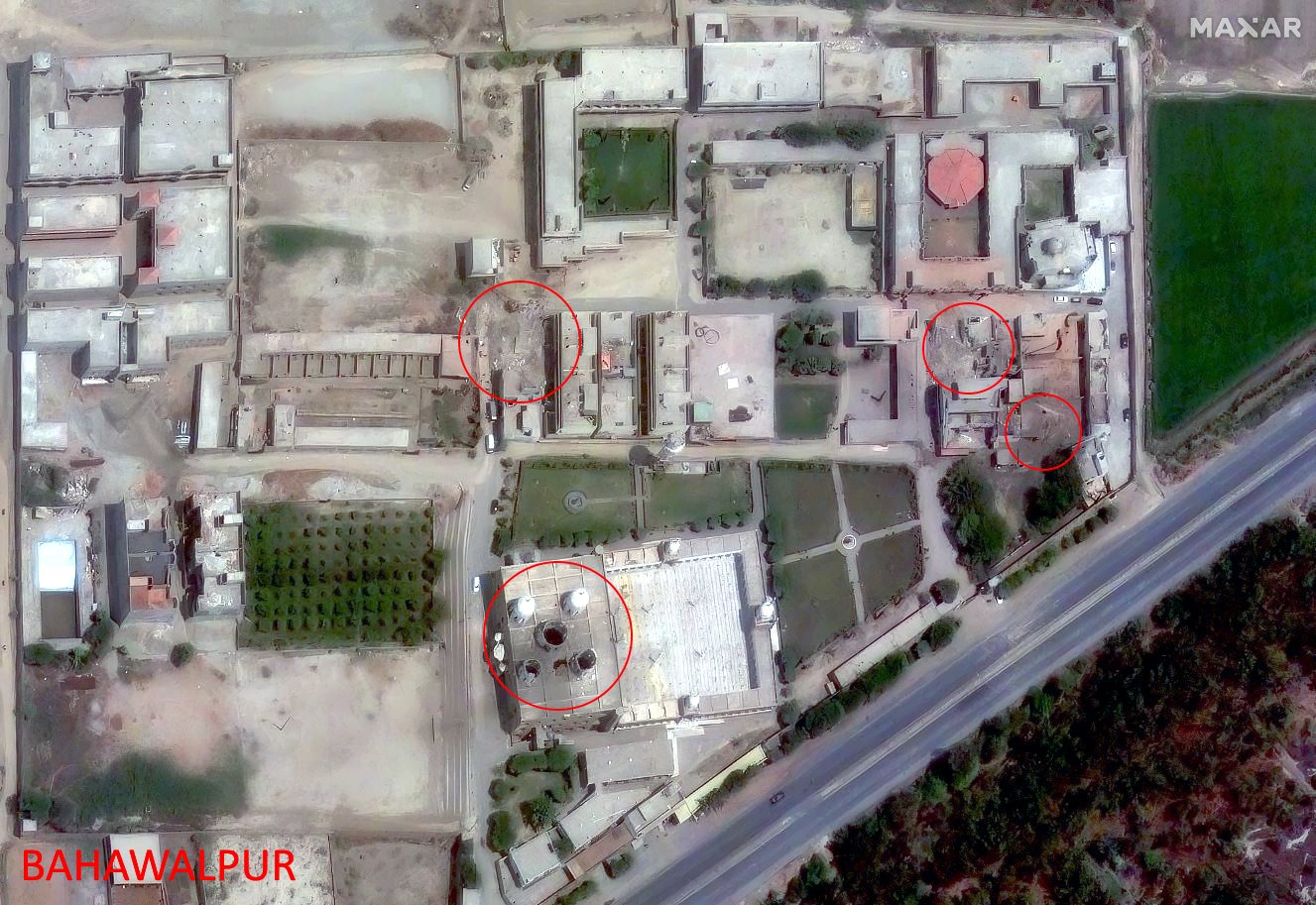Dear Express Reader This week, in a far-reaching decision, the Supreme Court upheld the 103rd Constitutional Amendment Act, which had introduced a 10 per cent reservation for economically weaker sections (EWS). The court was divided 3:2. Both the majority and minority verdicts have given much to think about and argue over for days to come. It is an indication of the complexity of the issue, and the layered implications of the court's ruling, that Congress, which had hailed the EWS quota on Monday, took a step back on Saturday. It will undertake a review of the SC judgment "in detail", it now says. The court's decision shifts the discussion on social justice and affirmative action, nudges it in a new direction - from deep discrimination (in the case of SCs/STs) and backwardness (for OBCs) to economic deprivation (of forward castes). There were, essentially, three broad questions before the court: One, whether reservation, which has been used as an instrument so far for the inclusion of socially and educationally backward classes in the mainstream of society, can be based on the economic criterion alone. Two, whether the exclusion of SCs/STs/OBCs from the new EWS reservation is justified. And three, whether there is a case for breaching the 50 per cent ceiling set by the court for all reservation. The Court considered these three questions under the ambit of a larger question: Does the 103rd amendment - by introducing reservation on economic basis, by excluding SCs/STs/OBCs from the new reservation, and by exceeding the 50 per cent cap - hurt or violate the "basic structure" of the Constitution? In concluding that the basic structure of the constitution was not disturbed by the constitutional amendment, the court engaged with several large themes - the Constitution's Equality Code made of Articles 15, 16, 17 and 18; the demands of substantive equality as against mere formal equality; the distinction between direct discrimination and compensatory discrimination/reparation; the balance between the imperatives of merit and efficiency on one side with the need for equity, justice, participation and representation on the other. It navigated through existing reservation jurisprudence that emphasises historical exclusion and discrimination over economic deprivation. It contended with Parliament's prerogative to amend the Constitution vis a vis its own power of judicial review. The majority judgment held up the goal of "distributive justice", and drew upon the promise made in the Preamble - to secure "Justice, social, economic and political…" and promote fraternity among "all" citizens - and in Article 46 of the Directive Principles, to promote educational and economic interests of "weaker sections". If so far affirmative action was for elimination of backwardness and inadequacy of representation due to caste-based social discrimination, now it will also be based on economic deprivation. The socially backward groups will be kept out of the new reservation - in effect, making it only for the forward castes. The message has been sent out that it is ok for quotas to spill over and beyond the 50 per cent ceiling. The majority judgment sees the new reservation as a continuation of a project that had been nuanced by another seminal court intervention - the 1992 Indra Sawhney judgment introduced the "cream layer" disqualification, based on the economic criterion, in caste-based quotas. But reading through the majority judgment, the sense is inescapable: It is more a fundamental break from the past thinking on affirmative action, than a nuancing of existing policy. Its recurring description of reservation as a "benefit" or privilege or "concession" seems to belittle the language of justice. It treats the claim for compensatory discrimination by socially backward groups on par with a leg-up for the economically deprived, downplaying, in the process, the difference between centuries' old disadvantages and barriers faced by clearly defined groups and the transient and shifting predicament of scattered individuals. As the minority judgment points out, while addressing the amendments made to Articles 15 and 16, the majority judgment moves too lightly over Article 17, which must still be central to any debate on equality: The abolition of untouchability. The fact is that different forms of discrimination, and even untouchability, persist. In 2015, Parliament amended the SC/ST or Atrocities Act precisely because of that - implementation of the Act continues to suffer due to non-registration of cases, delays in investigations and trials, low conviction rates. Going ahead, as the meaning and implications of the court verdict sink in, there will be more questions raised about what it says - and what it doesn't. There will be procedural challenges too - for instance, under Article 340, the First Backward Classes Commission laid down 22 parameters for identification of a backward class, but no such machinery has been laid down for the identification of beneficiaries of the EWS quota. But for now, the SC judgment will also have a political effect - it will shore up the BJP project of building a constituency of "labharthis" or beneficiaries, across caste divisions, while addressing the upper caste grievance of being left out of job and education quotas. The consequences of this judgment will unfold slowly. They will be with us for a long time. Till next week, Vandita | 
No comments:
Post a Comment